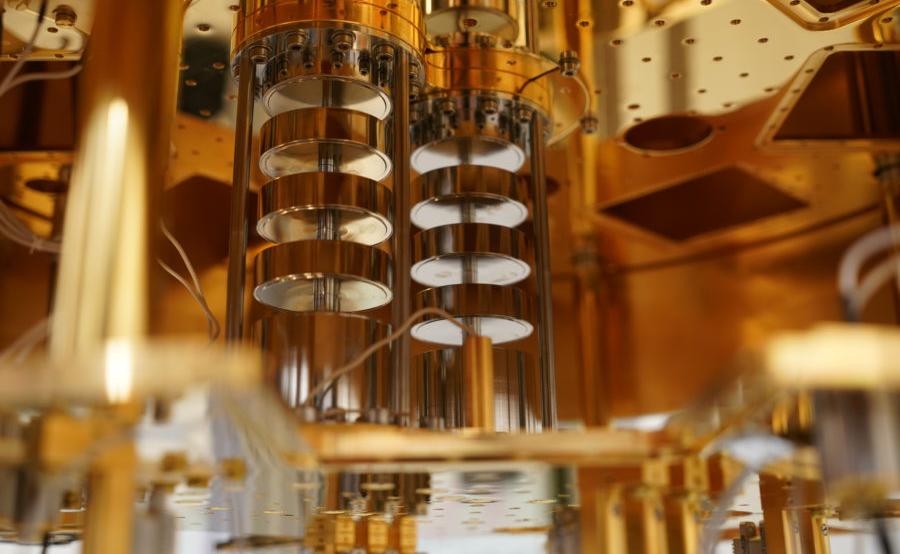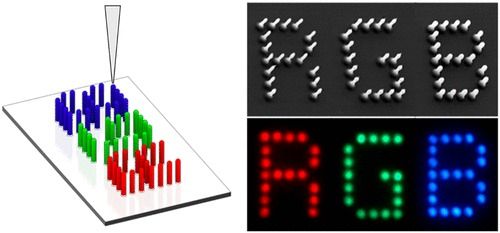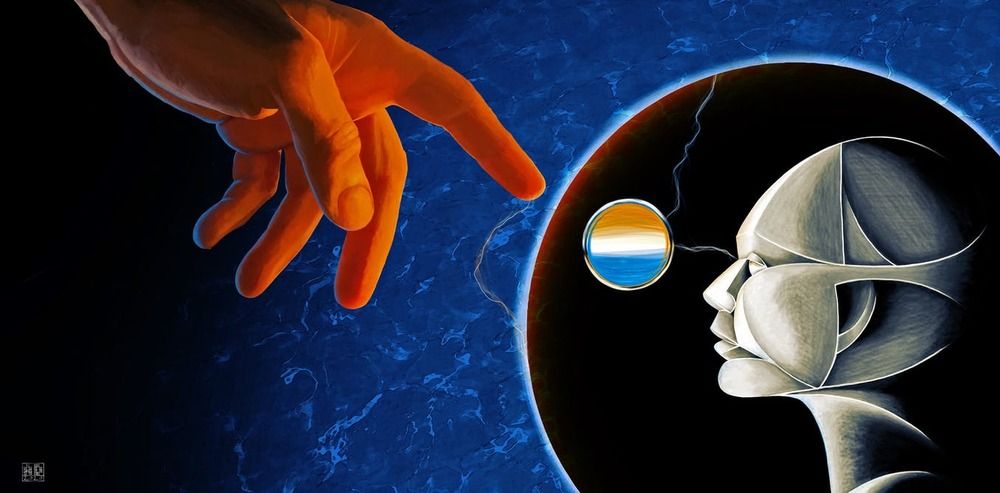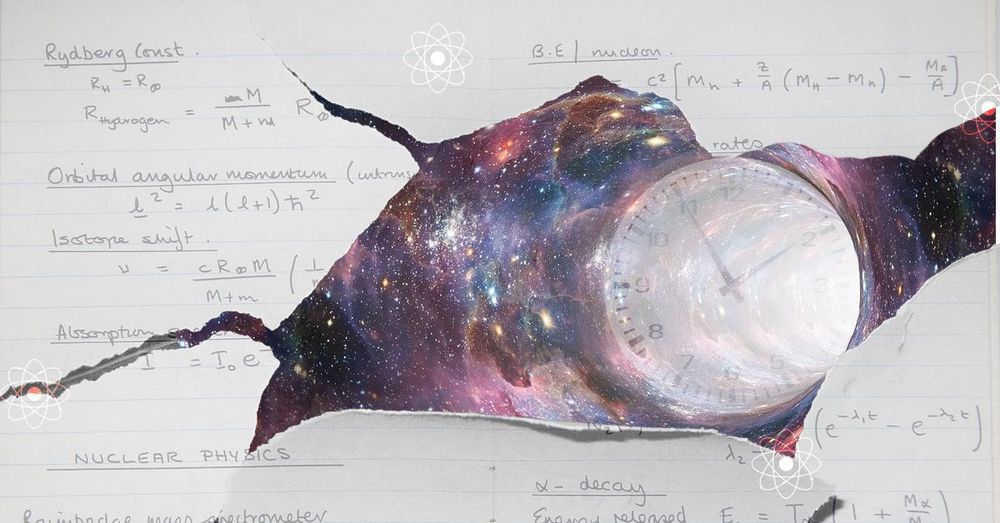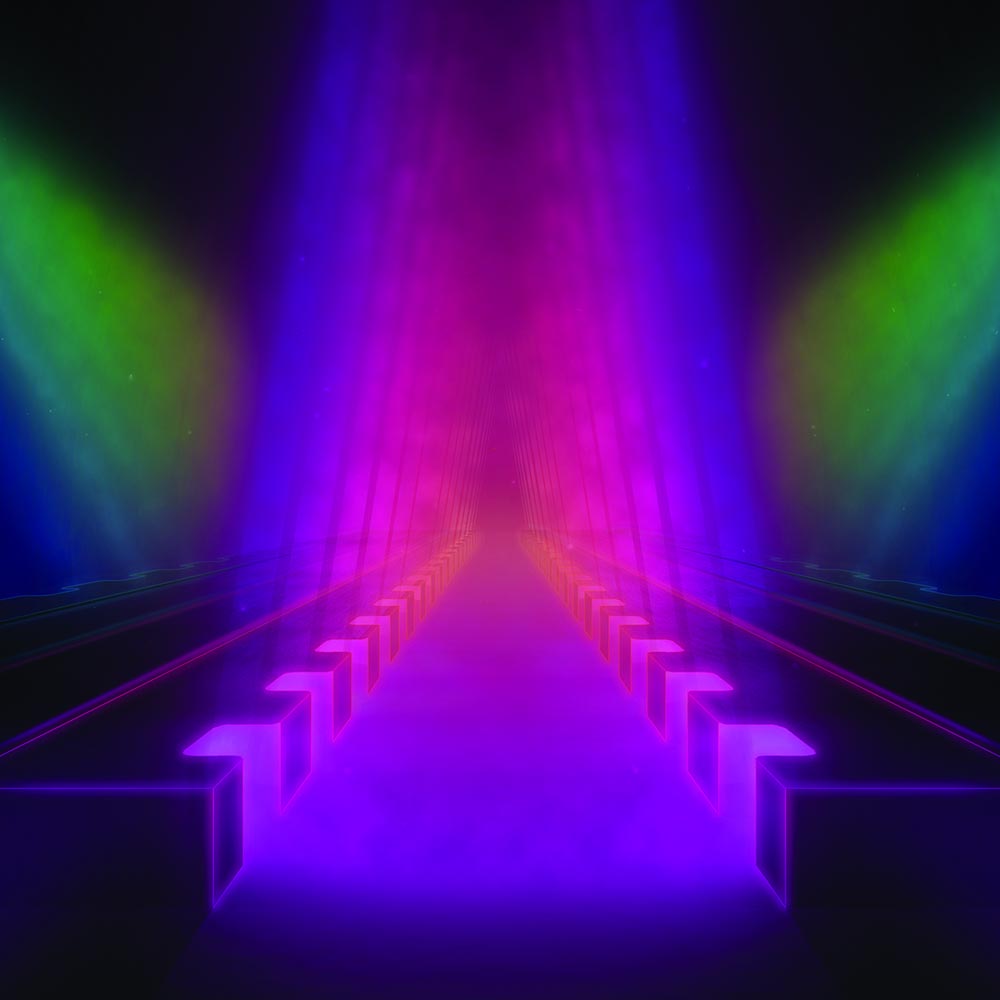🤔 “The White House today detailed the establishment of 12 new research institutes focused on AI and quantum information science. Agencies including the National Science Foundation (NSF), U.S. Department of Homeland Security, and U.S. Department of Energy (DOE) have committed to investing tens of millions of dollars in centers intended to serve as nodes for AI and quantum computing study.
Laments over the AI talent shortage in the U.S. have become a familiar refrain. While higher education enrollment in AI-relevant fields like computer science has risen rapidly in recent years, few colleges have been able to meet student demand due to a lack of staffing. In June, the Trump administration imposed a ban on U.S. entry for workers on certain visas — including for high-skilled H-1B visa holders, an estimated 35% of whom have an AI-related degree — through the end of the year. And Trump has toyed with the idea of suspending the Optional Practical Training program, which allows international students to work for up to three years in the U.S.”
The White House announced the creation of AI and quantum research institutes funded by billions in venture and taxpayer dollars.


